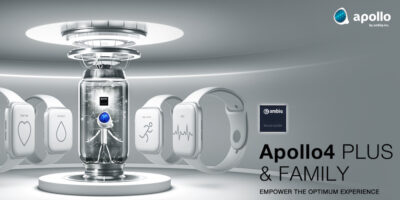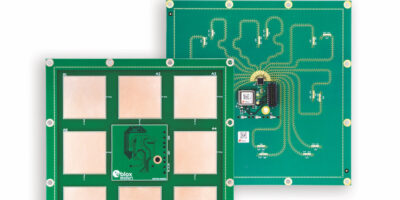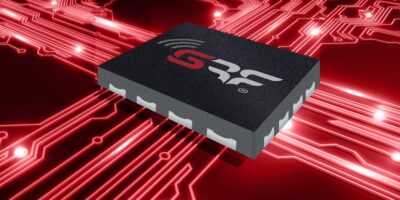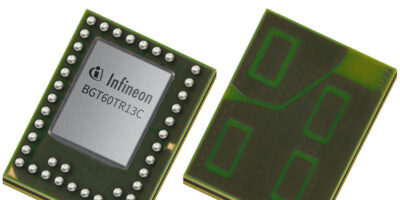Additions to the Apollo4 SoC family by Ambiq are the Apollo4 Plus and Apollo4 Blue Plus with Bluetooth Low Energy connectivity. They have robust security features, said the company, to better protect power-constrained IoT endpoint devices without compromising power efficiency.
The Apollo4 Plus is the fourth generation system processor built upon Ambiq’s proprietary Subthreshold Power-Optimized Technology (SPOT), enabling new features while reducing devices’ overall system power consumption to extend their battery life. Embedded with Mbytes of MRAM, SRAM, low power processors, solid software stacks and up to 192MHz operating frequency with TurboSPOT, the Apollo4 Plus enables more AI-capable operations, including data ingestion, pre-processing, inference and actuation. Apollo4 has a low power, end-to-end audio subsystem, to run compute complex algorithms needed for precise voice recognition and higher fidelity voice capability needed for voice calls. Its integrated GPU and display controller, coupled with fast and efficient memory access, offer manufacturers the ability to differentiate products with bigger and richer display user interfaces with vivid colours, high-resolution and smooth graphics. Ambiq’s Secure by Design features allow OEMs to secure products from the ground up when implementing SecureSPOT with tools to implement end-to-end security from the start of the design.
“The future of IoT is in the intelligence of things that stay on and connected 24/7,” said Dan Cermak, vice president of Architecture and Product Planning at Ambiq. “The latest product and feature additions to our Apollo4 SoC family demonstrate that battery-operated devices no longer have to compromise performance for power constraints.”
Apollo4 Plus is now in mass production. The enhanced graphics display and greater voice capabilities serve as either an application processor or a coprocessor for battery-powered endpoint devices, said Ambiq. Target applications are smartwatches and smart bands, consumer medical devices, motion and tracking units and smart home devices.
Ambiq specialises in energy-efficient semiconductors for battery-powered IoT endpoint devices. Ambiq has helped leading manufacturers worldwide develop products that can operate for days, months, and sometimes years, on a battery, and even do away with the battery entirely by harvesting energy.
Ambiq’s patented Subthreshold Power Optimized Technology (SPOT) platform has enhanced IoT endpoint devices by enabling a significant increase in compute power at reduced energy levels. The company says its goal is to bring artificial intelligence (AI) where it has never gone before in mobile and portable devices using Ambiq’s low power microcontrollers and SoCs.
http://www.ambiq.com







